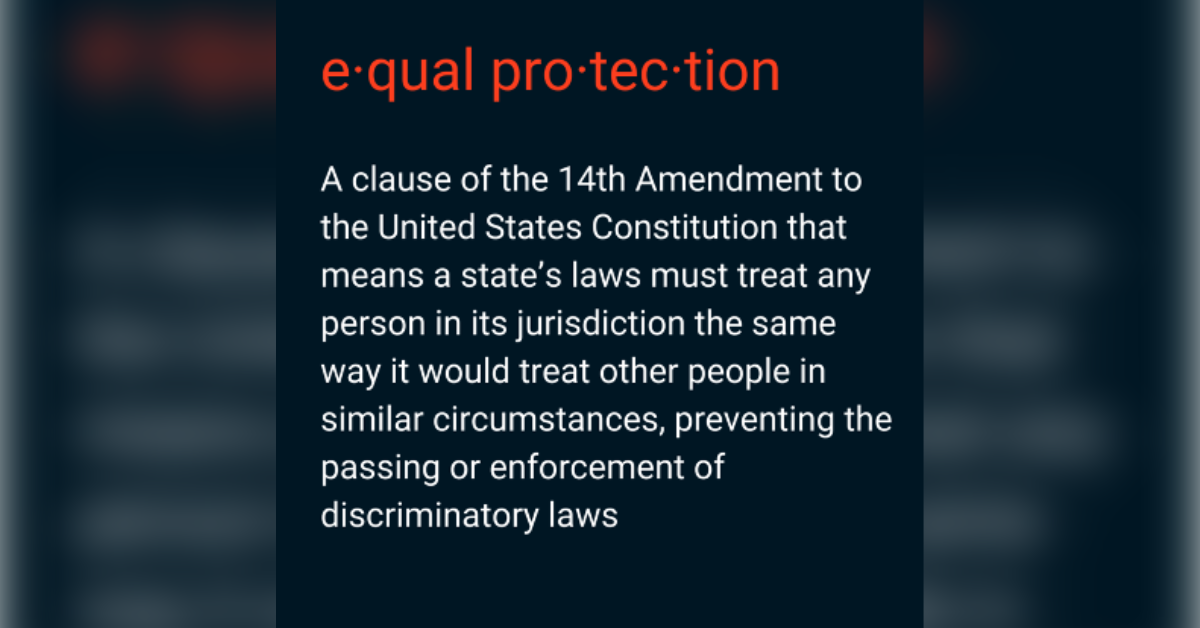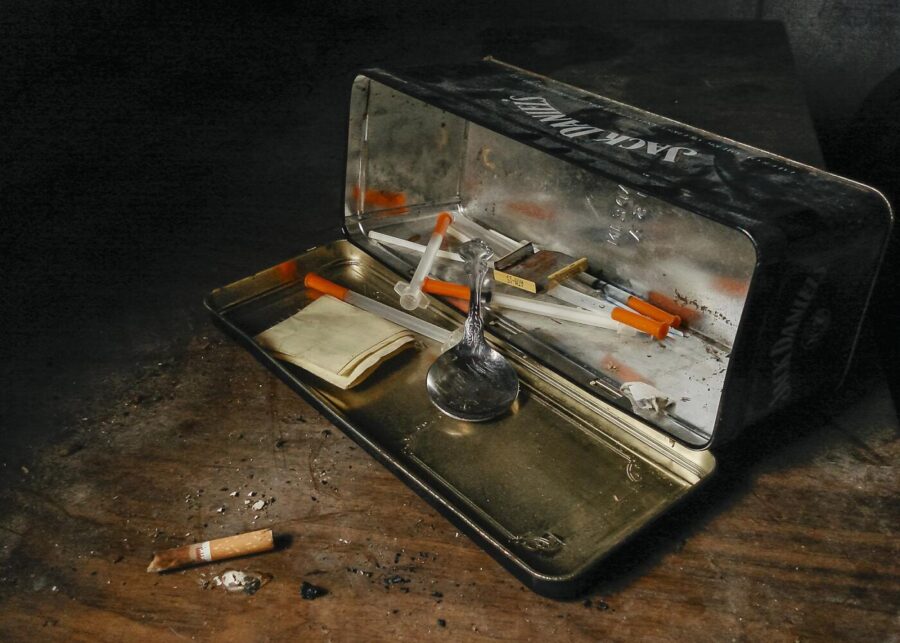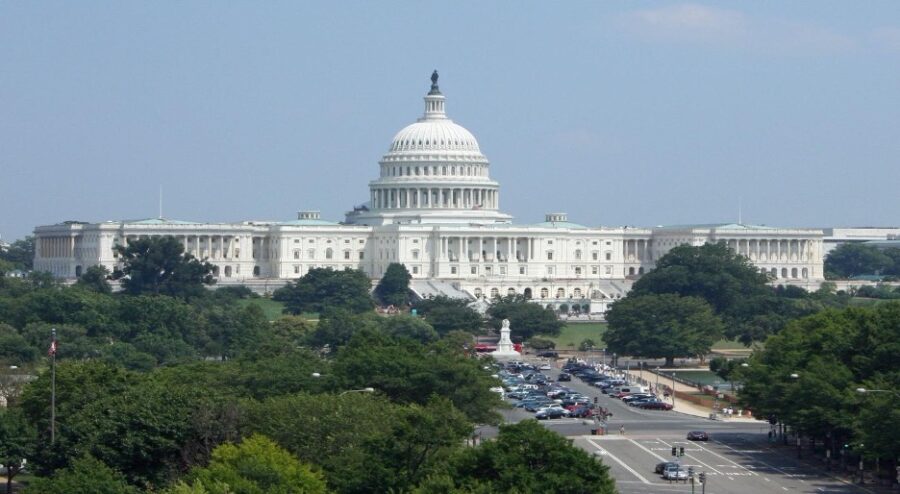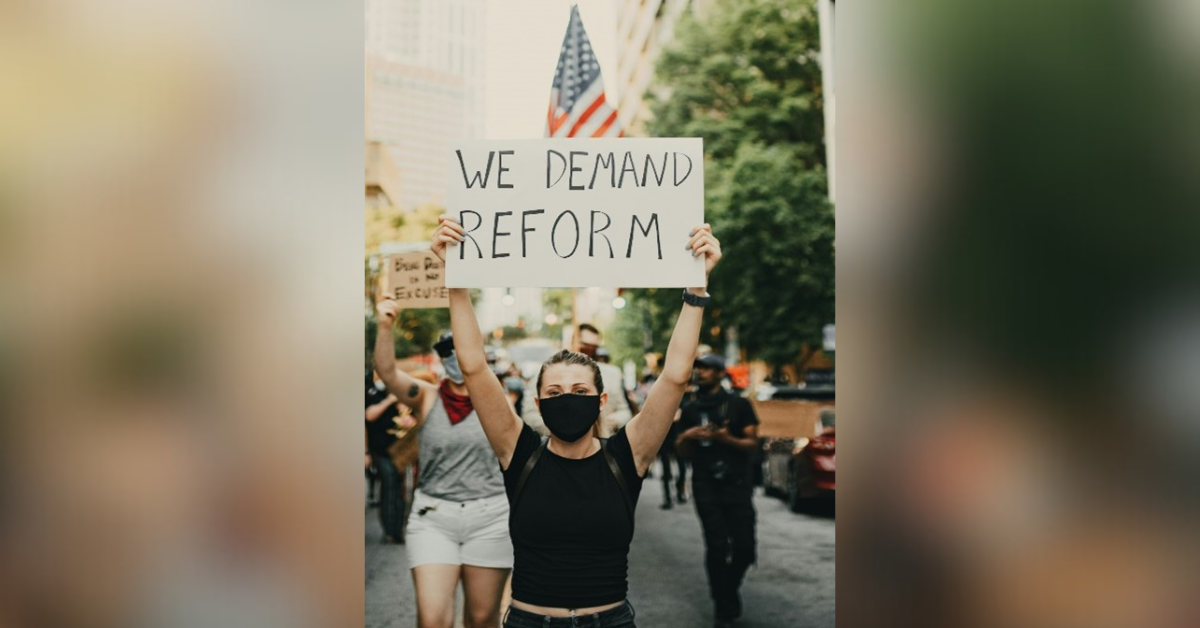There are a lot of demographic factors that come with the discussion of the United States’ issue of substance abuse. It comes in many forms, including but not limited to alcohol, drugs, and tobacco. However, only one of those forms has historically been treated with racial bias. Starting back in the 1980s, during the crack epidemic, the original response of the United States government and subsequent state governments around the country was not to focus on the rehabilitation of addicted individuals. Even with the creation of the Drug Enforcement Agency, it could be said there were not enough resources aimed at aggressively defending the country against the intrusion of crack and worse materials.

The crack epidemic in the United States was fueled by drug lords, including but not limited to the infamous Pablo Escobar of Colombia. The response of the Reagan administration, along with various state governments, was to ask the legislature to pass stricter drug laws. The bias came on because the application of drug laws was aimed at even minor offenses like simple possession of crack cocaine or the simple possession of marijuana. At the time, Congress, in particular, had gone along with the idea that using mandatory minimums in sentencing would be a great deterrent. However, they failed to realize that they were passing laws that would disproportionately affect the African American community. It is noted historically that this community was both the first and hardest hit by the crack epidemic.
As a result of the decades-long policy of jailing people for even simple possession, there has been an increase in the number of broken homes in the African American community. I come from one of those homes. However, instead of there being a large-scale discussion about how things have been handled disproportionately against us, certain states have become part of the industrial prison complex where they are required to maintain a certain present population or be fined by private prisons. Conservative states are more likely to have private prisons in operation. The federal government has historically been one of the most aggressive entities in prosecuting low-level, nonviolent marijuana crimes.
John Knock was convicted of nonviolent, marijuana-related crimes. He received two life sentences plus 20 years. He was in prison since the ‘90s for his crime but was recently pardoned by President Donald Trump. However, these prison sentences are disproportionately high for African American men. Only in recent years has it become apparent that addiction has become widespread across all races. The societal narrative has changed from the strong imposing of prison sentences to a reexamination of what we are doing as a society to fail these people. It’s important to know these historical biases when it comes down to the law, prosecution, sentencing, and societal interpretation over time.
However, we must note that addiction affects everybody disproportionally nowadays. Prisons were never the answer for low-level drug offenses. Every time it has been used – in the past or present – it takes our family members away from their families, which in turn may destroy homes, and there’s absolutely nothing to rehabilitate the individual facing addiction. We need to focus as a society on equitable treatment in deterrence, sentencing when appropriate, and rehabilitation when it comes to the issue of drug offenses overall.



















